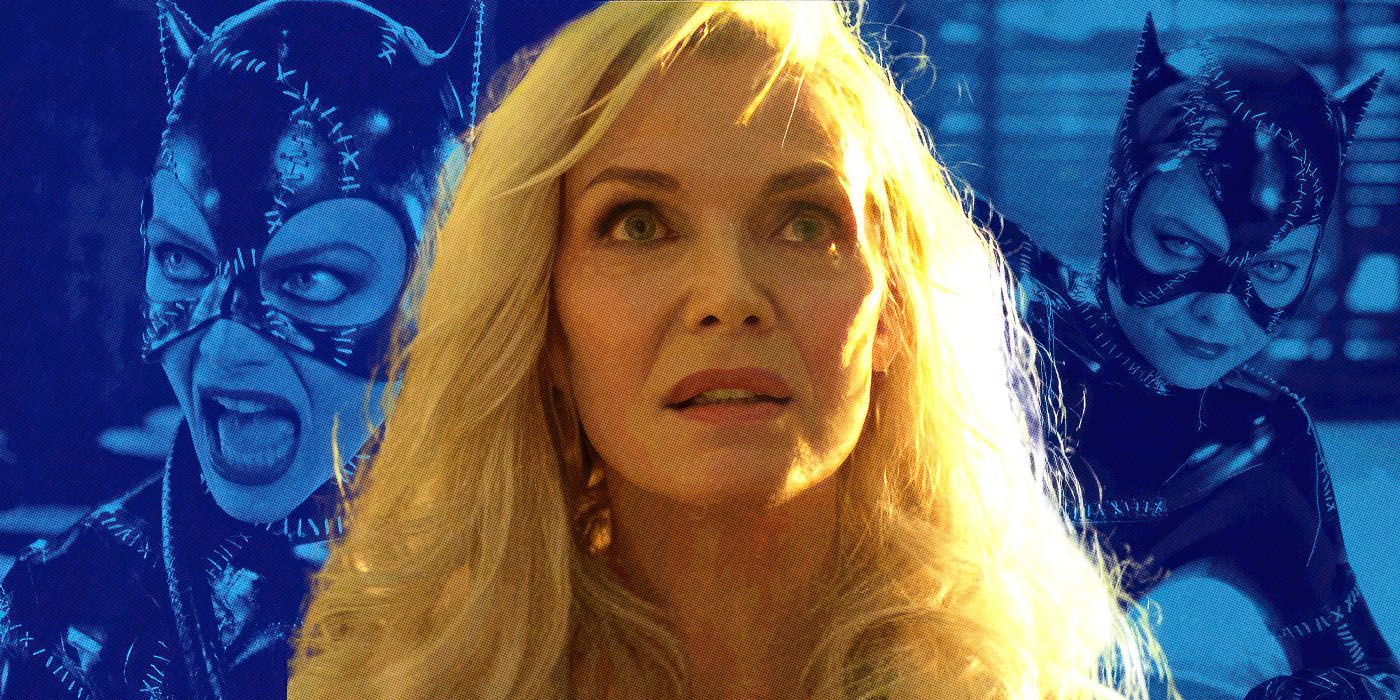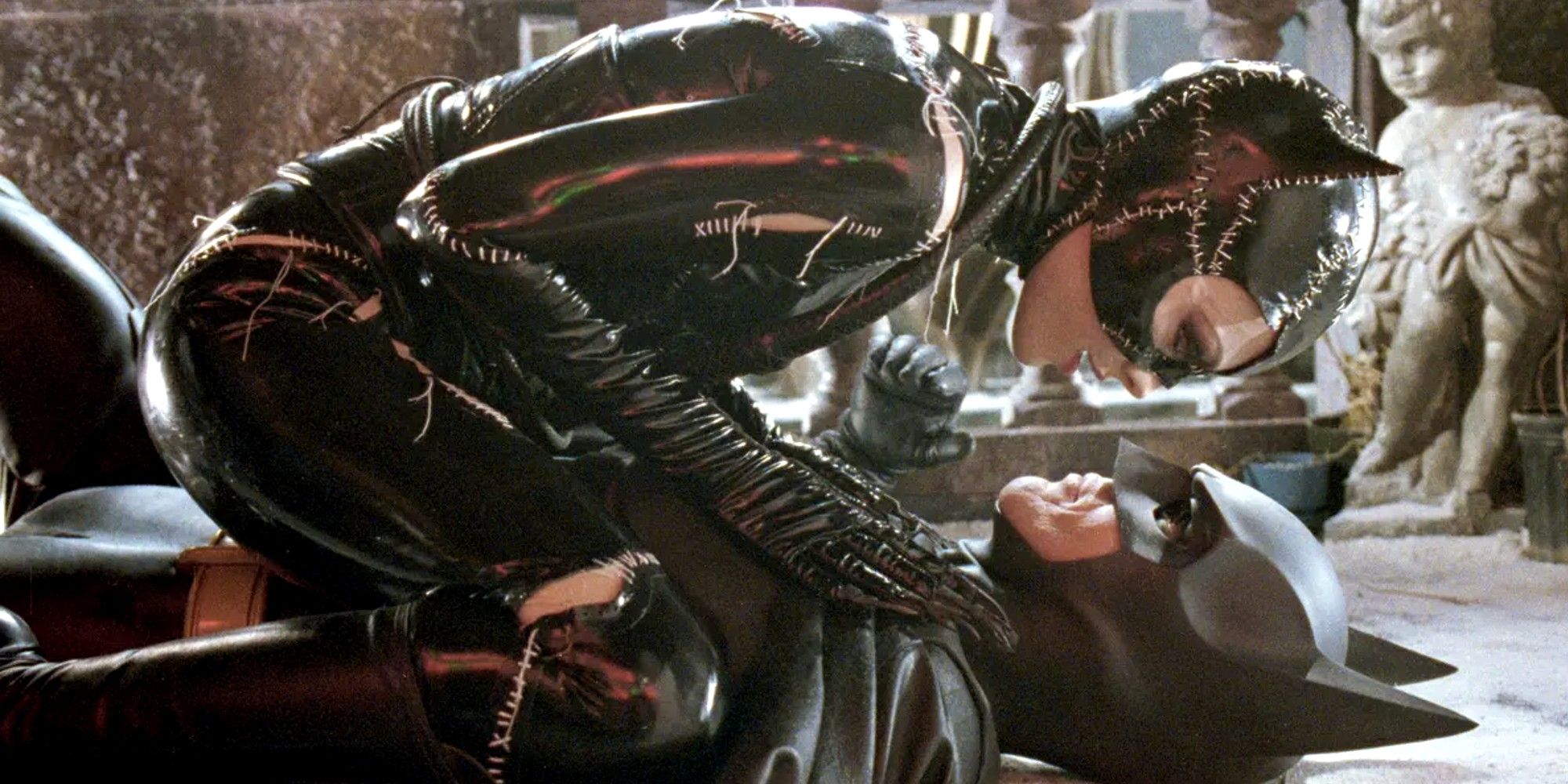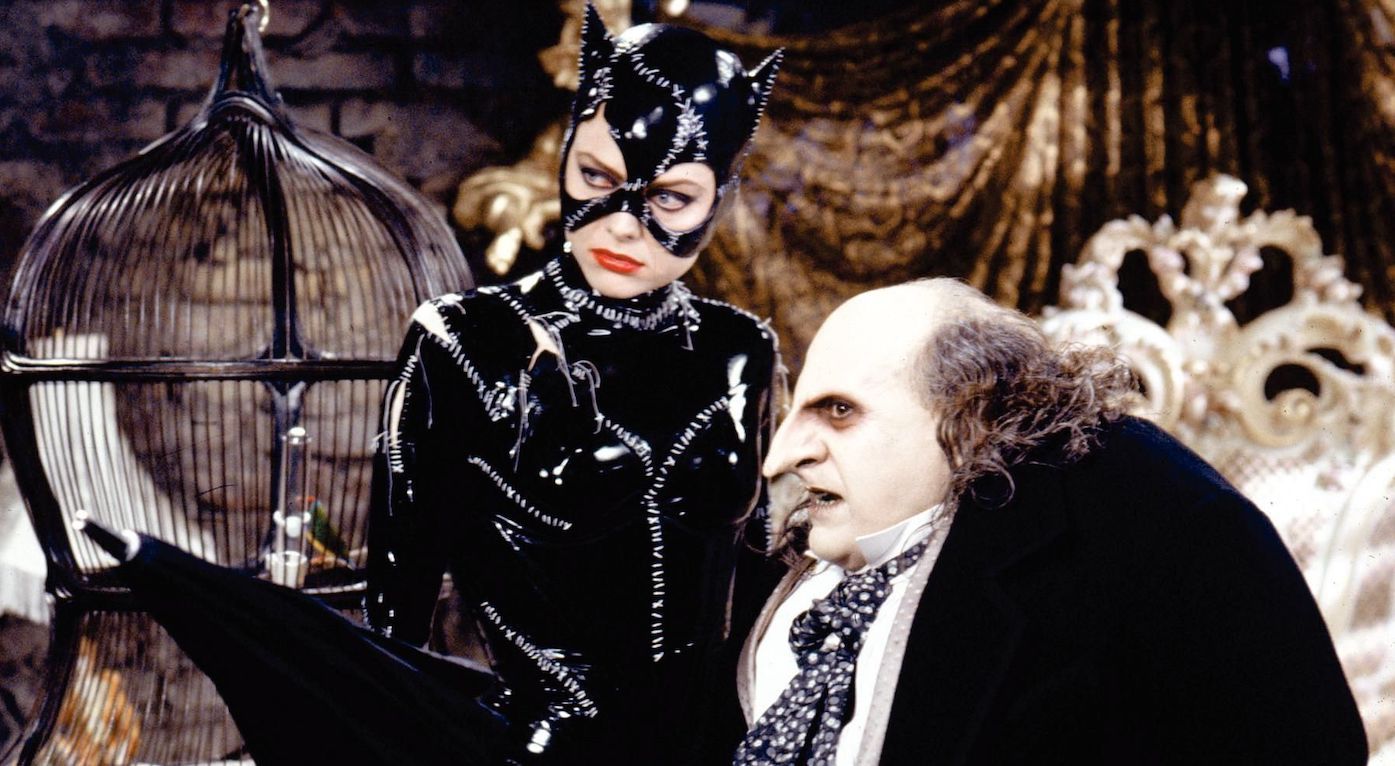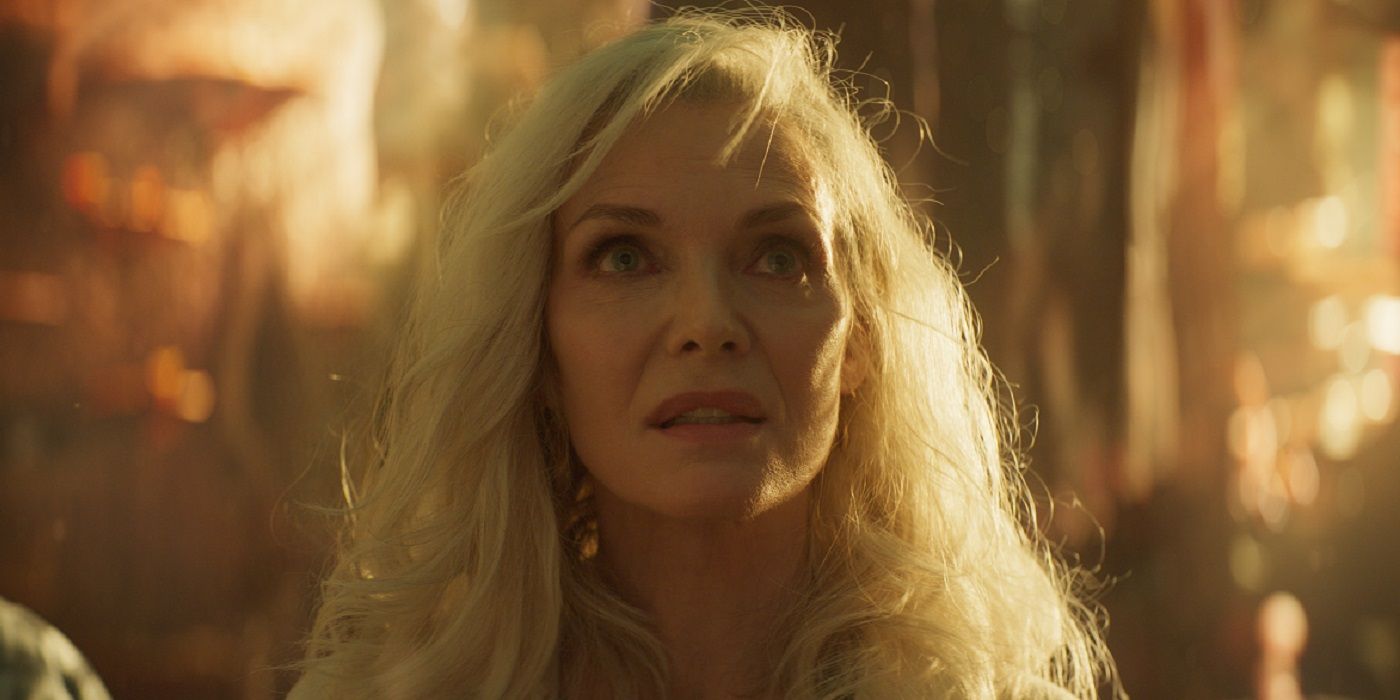Editor's Note: The following contains spoilers for Ant-Man and the Wasp: Quantumania.
The “Wasp” part of the title Ant-Man and The Wasp: Quantumania is slightly misleading considering that Hope Van Dyne (Evangeline Lily) is mostly sidelined in the adventure. The film actually spends more time with Michelle Pfeiffer’s Janet Van Dyne, the original Wasp that went on missions with her husband, Hank Pym (Michael Douglas), the original Ant-Man. This installment in the Ant-Man saga is definitely a family affair that brings in an older Cassie Lang (Kathryn Newton), whose skills in Quantum research now rival her father Scott’s (Paul Rudd). However, there’s no question that Pfeiffer is the MVP, which isn’t a surprise considering her history of superhero movies.
Back in 1992, a younger Pfeiffer, fresh off of her Oscar nomination for Dangerous Liaisons, took on the role of Selina Kyle/Catwoman in Tim Burton’s highly-anticipated sequel Batman Returns. It was unquestionably a role that came with heavy expectations; between Jack Nicholson’s incredible performance in 1989’s Batman, Julie Newmar’s beloved previous rendition of Catwoman in the original Batman TV series alongside Adam West, and the deep bench of comic book history to delve into, it's a role that any performer might fear take on the responsibility of. Yet somehow, Pfeiffer’s dominative, transformative performance as the femme fatale of Gotham City remains the definitive adaptation of the character. While Anne Hathaway and Zoë Kravitz certainly did worthy jobs (and you can definitely say that Halle Berry tried), Pfeiffer’s performance is legendary.
In both roles, Pfeiffer is given a dynamic, complex performance that is far richer than some of her co-stars. It’s not just that Pfeiffer is a scene stealer; she completely changes the tone of both franchises for the better. The Ant-Man saga was mostly a goofy, low stakes adventure series until Janet added an emotional depth when she was reintroduced in Ant-Man and the Wasp, emphasizing the familial themes of the trilogy. While Burton’s first Batman was a highly enjoyable noir, Pfeiffer added a sexual energy that turned Batman Returns into a complex study of misogyny, commercialism, and loneliness. Neither of these franchises would have reached their eventual heights without the extra boost of momentum and charisma that Pfeiffer provided.
A Victim Turned Seductress
Burton’s version of Gotham City is one that’s steeped in corruption, controlled by an elite group of bureaucrats and billionaires who drain the lifeblood out of its citizens. While we see the interactions that Bruce Wayne (Michael Keaton) has with the business tycoons he’s forced to disguise himself among, we don't truly understand the reality of this oppressive society until we see the abuse that Selina receives from her boss, the industrialist Max Shreck (Christopher Walken). She’s a timid, overworked secretary who is stung with insults and sexism on a daily basis.
Everything about Pfeiffer’s performance is non-confrontational, as Selina has learned to lurk in the background in order to avoid the wrath of her superiors. Our heart breaks when she’s violently thrown from a window by Schreck, but something snaps inside her that unlocks all the billowing rage beneath the surface. Pfeiffer’s transformation into Catwoman is simply stunning; she retains the classic femme fatale energy of a 1940s noir, yet adds an animalistic rage that reflects both the character’s comic book origins and her own unkempt rage.
Batman Returns is ultimately a Christmas story of loneliness, where a sexual triad of Bruce, Selina, and Oswald Cobblepot (Danny DeVito) are left as the outcasts by a society that has rejected them. They’re forced to wear costumes to protect themselves, as their real faces are too shameful to be seen. Yet it’s Pfieffer’s role that is the most dynamic; Selina isn’t seeking justice like Bruce, or sowing destruction like Cobblepot. She’s searching for what will give her satisfaction. In one moment she could be staging a robbery due to her own poverty, and in another she could be plotting revenge against the men who wronged her. She’s both drawn to and repulsed by Bruce, questioning her sexuality in the process. Her seductions of Cobblepot reflect how for once, she is the dominant power in a relationship.
Janet Van Dyne: A Lost Hero
The first Ant-Man is a perfectly fine, heartwarming caper, and for the most part Ant-Man and the Wasp is relatively similar. The sequel doesn’t aim to be anything more ambitious until its third act, in which Hank discovers that entry into the Quantum Realm could finally rescue his wife from imprisonment. The chemistry between Douglas and Pfeiffer is electrifying; they reflect a mutual appreciation for science and technology that energizes them to work together. Pfeiffer’s undeterred spirit is inspiring, as despite all the torment she endured in her years trapped in an unknown terrain, she’s driven to keep working towards justice.
Yet, Ant-Man and the Wasp: Quantumania reveals precisely why Janet is so keen to begin work once more; she’s distracting herself from the trauma of her past and her guilt over her last encounter with Kang (Jonathan Majors). Her attitude completely changes once Cassie uncovers her Quantum studies. On a moment’s notice, she transforms from a kindly, encouraging grandmother who perpetuated her granddaughter’s love of science into someone who would not dare experiment with things she does not understand. Her immediate reversal sets the stakes of the film at a higher level.
On top of this emotional weight, Pfieffer is just given so much ass-kicking and problem-solving that she’s easily a more interesting protagonist than Hope, Scott, Cassie, or Hank. Whether it’s negotiating with alien visitors, prying information out of Lord Krylar (Bill Murray), or blasting away at enemies like she's Han Solo, Pfeiffer feels like every great sci-fi hero rolled into one. Yet the trauma has not been completely erased. She shows her terror once more when she urges Scott that they cannot negotiate with Kang, even if it means letting Cassie remain in the Quantum Realm that she knows all too well.
In both instances, Pfeiffer unlocked what the filmmaker was really trying to accomplish through her commitment. Burton wanted a sexual dark fantasy that was both heartbreakingly tragic and deliciously entertaining, and Pfeiffer provided a nuanced performance that should’ve earned her an Oscar nomination. Peyton Reed wanted to make a Star Wars style retro adventure, and Pfeiffer gave the pathos and momentum that was needed. How do you fix a superhero series? Just add Pfeiffer into the mix.
Read More About ‘Ant-Man and the Wasp: Quantumania’
-
Here’s All the MCU Easter Eggs in ‘Ant-Man and the Wasp: Quantumania’
-
‘Ant-Man & The Wasp: Quantumania’ Post-Credits Scenes Explained: All Hail [SPOILER]!
-
‘Ant-Man and The Wasp: Quantumania’ Ending Explained: Time Is the True Enemy





.jpg)